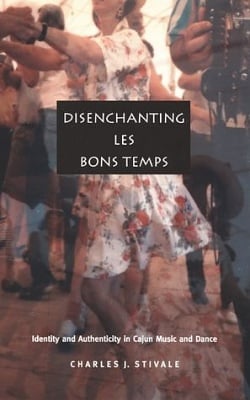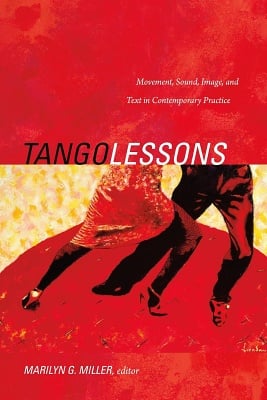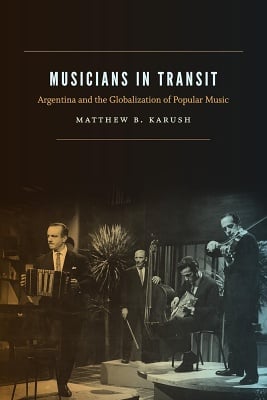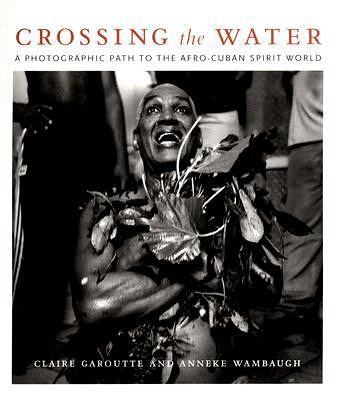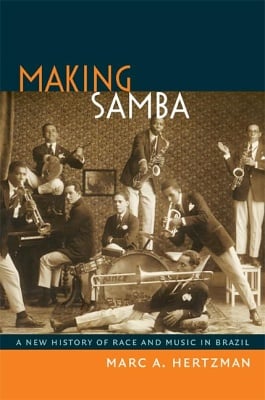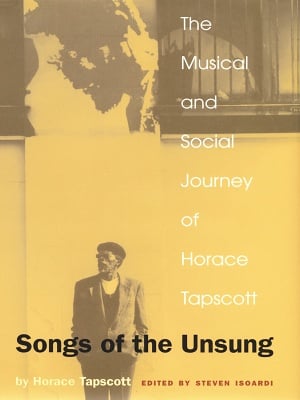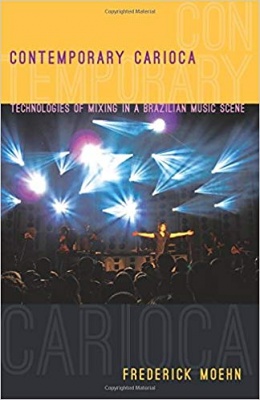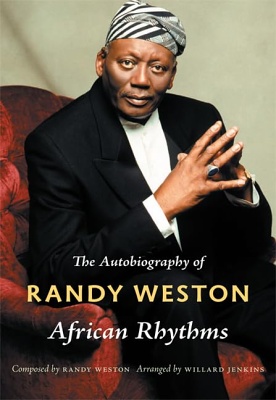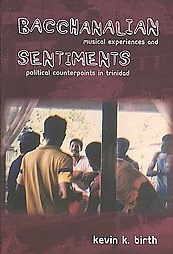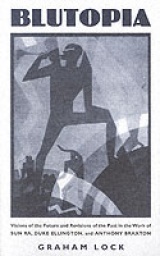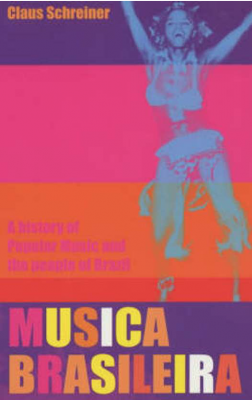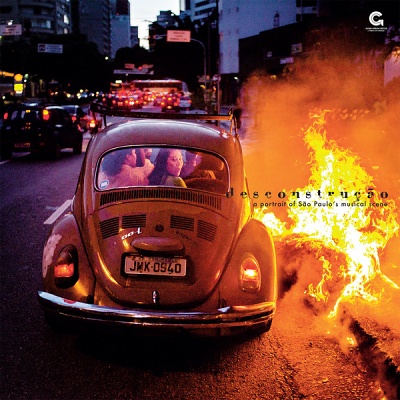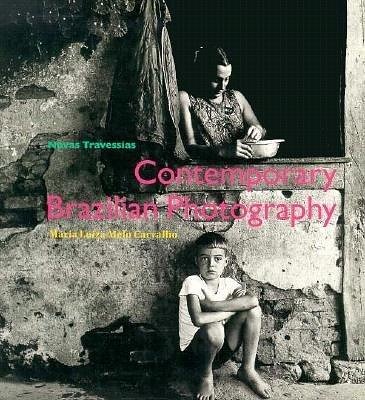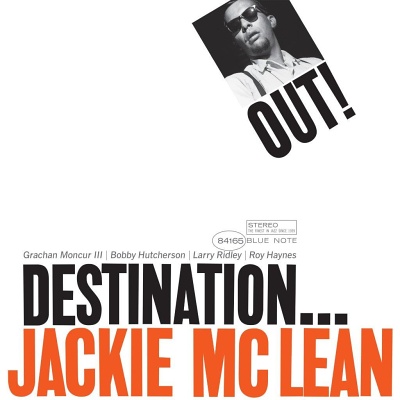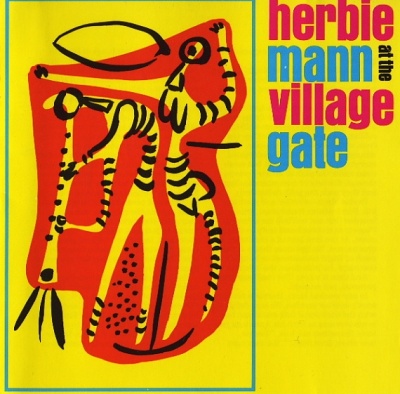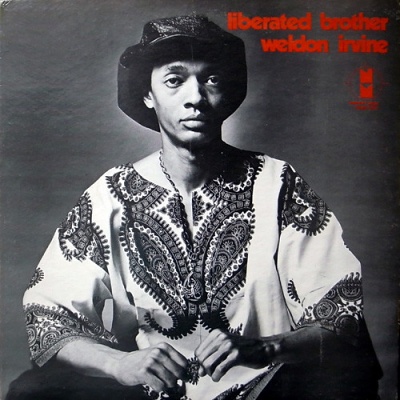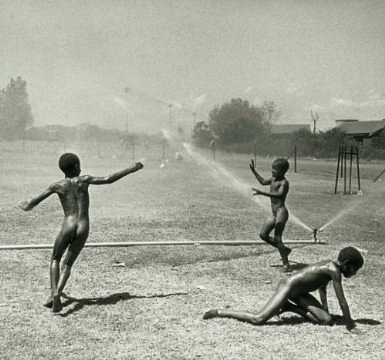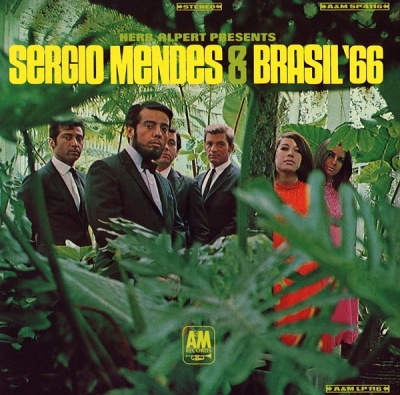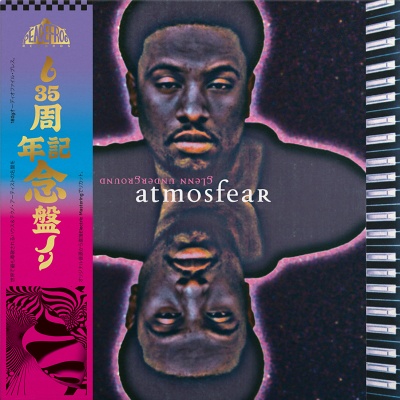


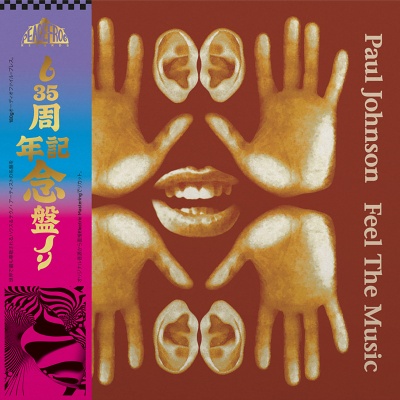


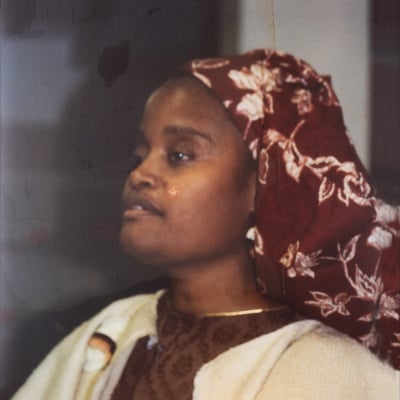
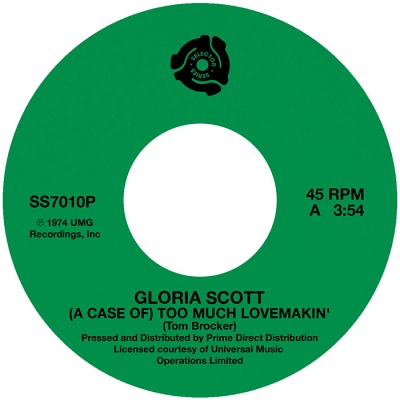






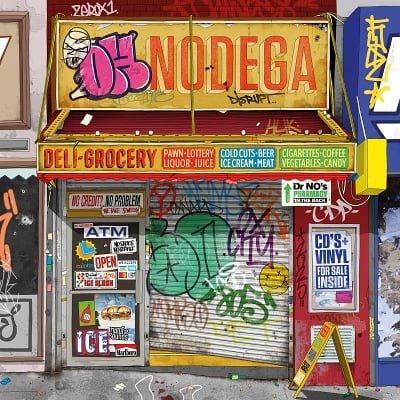


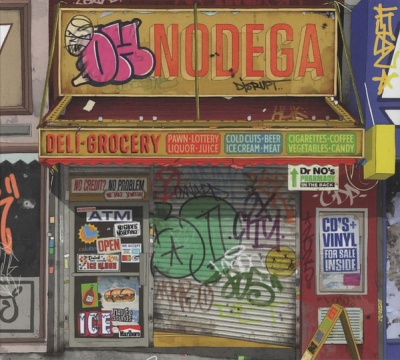


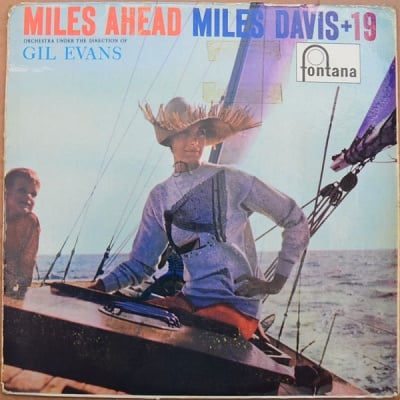
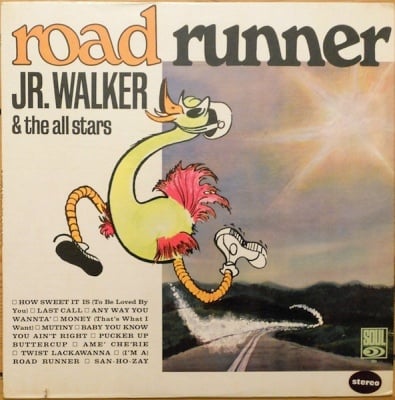
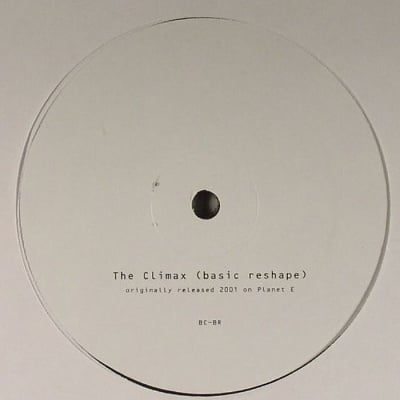
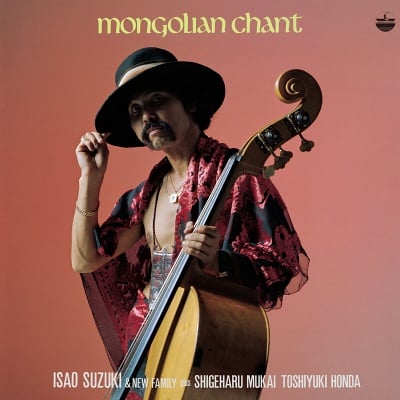
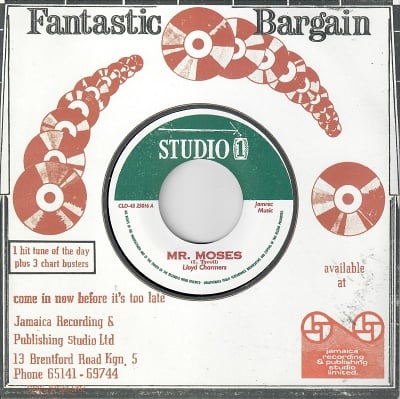

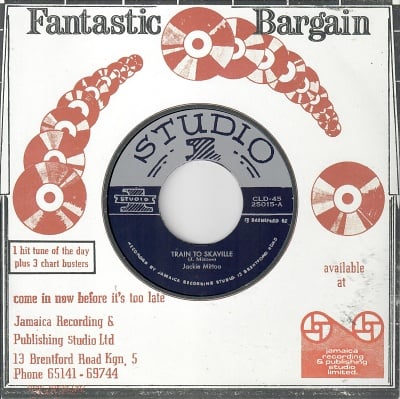



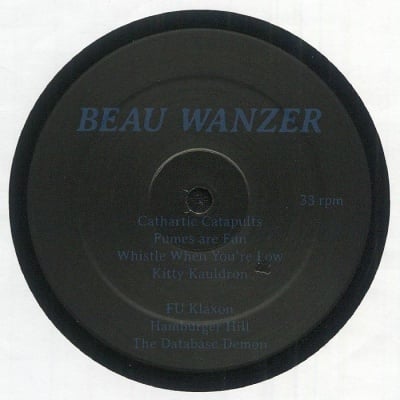


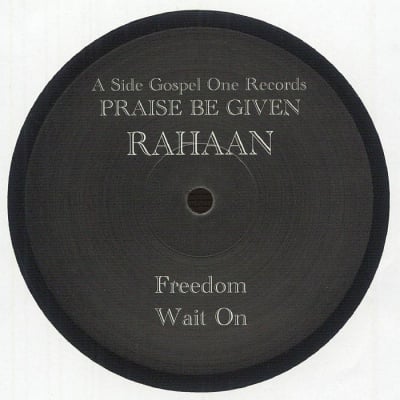
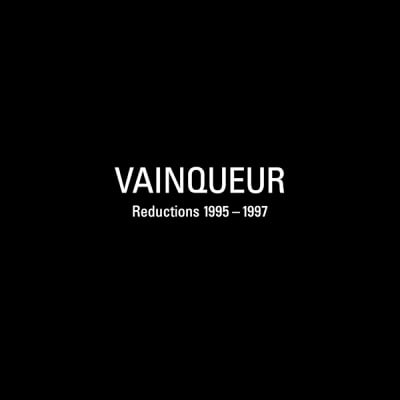
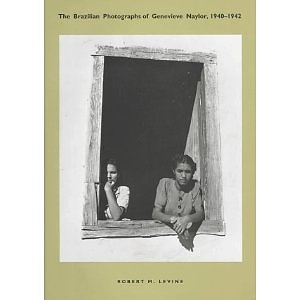
- Book (800g) 9780822321897£7.50Out of stock Notify me when in stock
Genevieve Naylor, a photojournalist previously employed by the Associated Press and the WPA, was sent to Brazil in 1940 to provide photographs that would support United States government's need for propaganda to portray Brazil as a wartime ally. Often balking at her mundane assignments, an independent-minded Naylor produced something far different and far more rich - a stunning collection of over a thousand photographs that document a rarely seen period in Brazilian history. Accompanied by analysis from Robert M. Levine, this selection of Naylor's photographs offers a unique view of everyday life during one of modern Brazil's least-examined decades. Travelling beyond the fashionable neighbourhoods of Rio de Janeiro, she conveys in her work the excitement of an outside observer for whom all is fresh and new. Her subjects include the very rich and the very poor, black Carnival dancers, fishermen, rural peasants from the interior, workers crammed into trolleys - ordinary Brazilians in their own setting - rather than simply Brazilian symbols of progress as required by the dictatorship or a population viewed as exotic Latins for the consumption of North American travellers.
- Book (400g) 9780822330202£25.00 £10.00In stockAdd to Bag
- Book (650g) 9780822355663£21.99 £10.00In stockAdd to Bag
- Book (550g) 9780822362364£22.00 £12.00In stockAdd to Bag
- Book (1kg) 9781478030898£23.99In stockAdd to Bag
- Book (1.2kg) 9780822340393£16.99 £10.00In stockAdd to Bag
- Book (700g) 9780822354307£25.00 £12.00In stockAdd to Bag
- Book (600g) 9780822325314£45.00 £15.00In stockAdd to Bag
- Original Book (500g)£10.00Secondhand paperback ex-library in good condition.
100% Guarantee on this and all Original Books at Sounds Of The Universe - 'if you're not happy we're not happy' or your money back!In stockAdd to Bag
- Book (800g) 9780822347842£23.00 £12.00In stockAdd to Bag
- Book (550g) 9780822354581£16.99 £10.00New USA paperbackIn stockAdd to Bag
- Book (400g) 9780822341659£20.00In stockAdd to Bag
- Book (500g) 9780822341123£25.00 £12.00In stockAdd to Bag
- Book (550g) 9780822324409£24.99In stockAdd to Bag
- Book (450g) 9780714530666£9.99 £6.00Out of stock Notify me when in stock
- Thiago Franca – Na Multidão
- MetaL MetaL – Rainha Das Cabecas
- Rodrigo Campos – Velho Amarelo
- 1. Thiago Franca – Na Multidão
- 2. MetaL MetaL – Rainha Das Cabecas
- 3. Rodrigo Campos – Velho Amarelo
- View full info and tracklisting
- CD GGCD.EU-001£11.99Out of stock Notify me when in stock
- Book (900g) 9781859840887£20.00 £8.00Out of stock Notify me when in stock
- – Love And Hate
- – Esoteric
- – Kahlil The Prophet
- – Riff Raff
- 1. – Love And Hate
- 2. – Esoteric
- 3. – Kahlil The Prophet
- View full info and tracklisting
- Reissue LP 3876157£25.99Out of stock Notify me when in stock
- Original LP£15.00Vinyl condition: VG+Sleeve condition: VGOriginal Pre-Owned Out-of-Print UK Vinyl, some sleeve creasingSold out Notify me when in stock
- – Liberated Brother
- – Gloria
- 1. – Liberated Brother
- 5. – Gloria
- View full info and tracklisting
- LP PLP-7826£35.00P-Vine ReissueOut of stock Notify me when in stock
- Reissue LP NODLE1001£19.00Out of stock Notify me when in stock
- – Oh Jah Dub
- – S-Corner Dub
- – Just Another Dub
- – Dubwise Situation
- 1. – Oh Jah Dub
- 3. – S-Corner Dub
- 4. – Just Another Dub
- View full info and tracklisting
- Reissue LP ONRLP10£23.00Out of stock Notify me when in stock
- Ernest Wilson – Why Oh Why
- Johnny Osbourne – Lend Me The Sixteen
- Windel Haye – Haunted House
- Green Tea & Chassy – Ghetto Girl
- Johnny Osbourne – Time A Run Out
- Lone Ranger – Noah In The Ark
- Devon Russell – Thanks and Praise
- Brentford Disco Set – Rebel Disco
- Doreen Schaffer – I Don't KNow Why
- Slim Smith – Lonely Lover
- Field Marshall Haye – Roots and Herb Style
- DJ Dawn & The Ranking Queens – Peace True Thing
- Jim Brown – Cure For The Fever
- Sugar Minott – Peace Treaty Style
- Lloyd Robinson – It Deep
- Barry Brown – Far East
- Windel Haye and Captain Morgan – Flood Victim
- Ernest Wilson – Pick Them Up
- 1. Ernest Wilson – Why Oh Why
- 2. Johnny Osbourne – Lend Me The Sixteen
- 3. Windel Haye – Haunted House
- View full info and tracklisting
- 3×LP SJRLP281£28.00Out of stock Notify me when in stock
- CD SJRCD281£12.00In stockAdd to Bag
- MP3 Release SJRD281£9.99In stockAdd to Bag
- Book (1.7kg) 9783869301372£38.00 £15.00Out of stock Notify me when in stock
- – MAs Que Nada
- – Berimbau
- 1. – MAs Que Nada
- 10. – Berimbau
- View full info and tracklisting
- Original LP£25.00Vinyl condition: VG+Sleeve condition: VG+Original Pre-Owned Out-of-Print JAPANESE Vinyl
100% Guarantee on this and all Original Vinyl at Sounds Of The Universe - 'if you're not happy we're not happy' or your money back!In stockAdd to Bag - CD 1705248 £7.99In stockAdd to Bag
